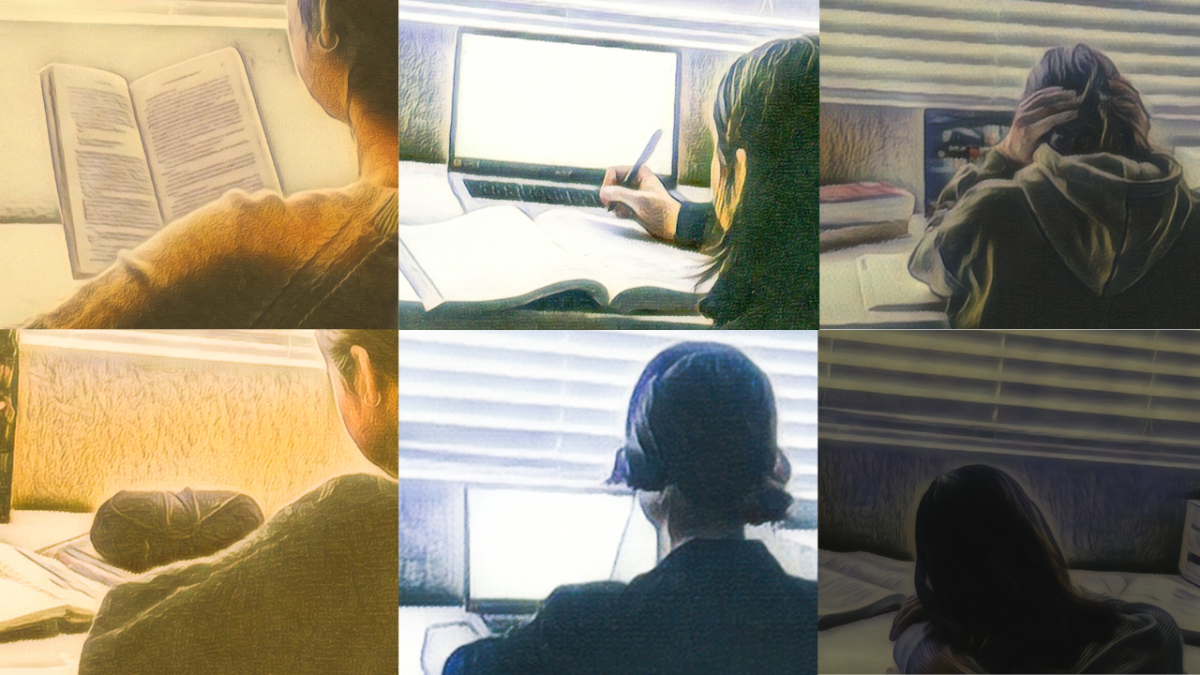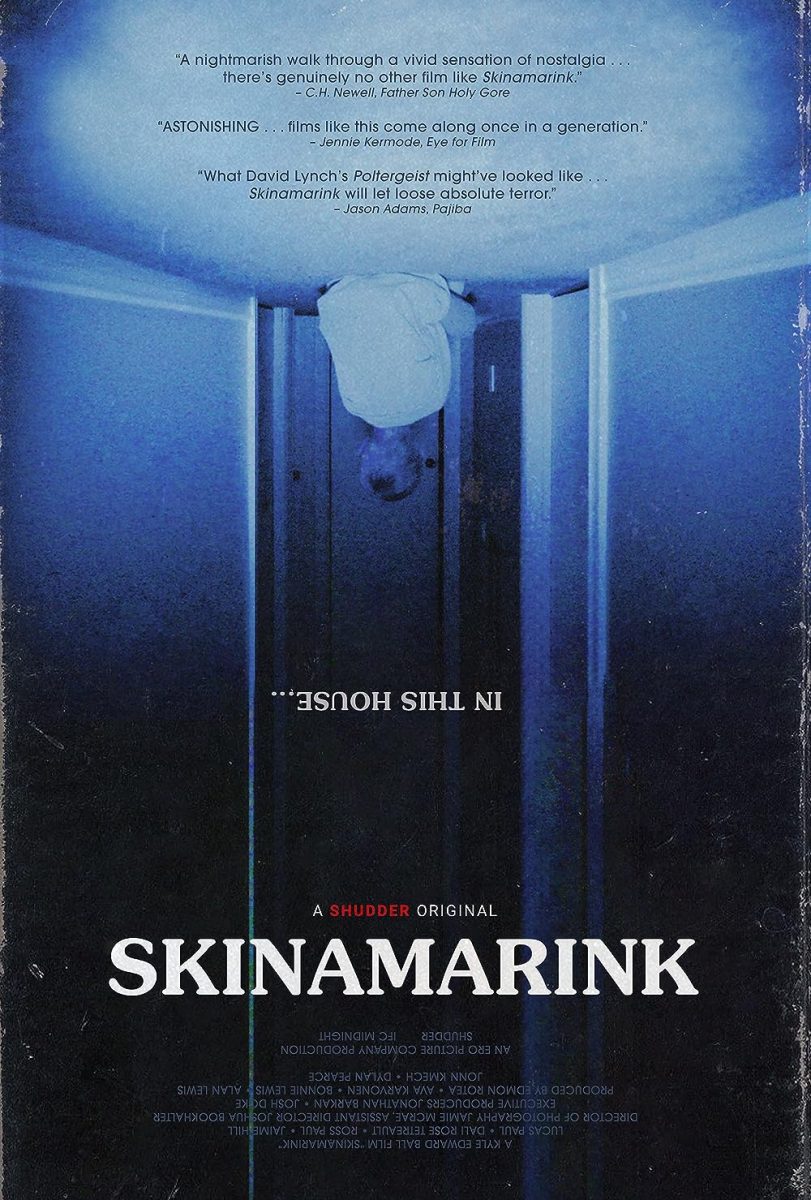You wake up in your childhood home, but something feels off. The dim lighting of dusk gives you an uneasy feeling. You look around for someone, anyone, but there’s no one in sight. Furniture towers over your short stature as you wander in search of comfort. You feel your heart beating out of your chest as the place you’re supposed to feel safe is suddenly filled with uncertainty and you feel that distinct feeling of vulnerability in a place that’s supposed to protect you. Kyle Edward Ball perfectly encapsulates that feeling in his 2022 film Skinamarink.
First premiered at the Fantasia Film Festival in Montreal on July 25, 2022, Skinamarink is changing the game for horror movies. Kevin Edward Ball is known for his short films on YouTube, which fans say “capture the essence of a nightmare.” His unique storytelling techniques make his films stand out above other modern filmmakers. The film was a box office success, grossing $2 million over a $15,000 budget. It received generally positive reviews from critics, who characterized it as drawing upon experiences of childhood fear, though it received a polarized response from audiences.
Skinamarink takes place in Ball’s childhood home in Canada. The film follows two young children, four-year-old Kevin and six-year-old Kaylee, who cannot find their dad in the middle of the night. As they wander around, they see that all the doors and windows of the house have disappeared. Frightened and confused, the two decide to sleep downstairs, where they can watch cartoons, clinging to any sense of comfort they have left. The house remains dark (they’re too small to reach the light switches), so viewers have no idea how long the children are stuck in this limbo-like state. As the film goes on, circumstances in the house worsen as the children are haunted by an ominous voice emanating from the darkness. Chairs and dolls are stuck to the ceilings, and toilets disappear (forcing the children to use buckets). The film ends in a confusing climax, leaving the audience distressed about what the film was trying to portray. Ball had a clear narrative in mind for the film but declines to provide any clarification.
This film has graphic scenes of child endangerment, so remember to watch at your own discretion. While the plot description is in great detail, the entire 100 minutes of the film is shot with grainy digital camera footage, pointed at nothing but dark corners and hallways. It relies solely on sound to convey the story. This uncommon choice has lots of controversy surrounding it. Some say it makes the film uninteresting, while others say they’ve never been more invested in a movie the way they were with Skinamarink. James Eaton (12), avid film and art enthusiast, was captivated by Skinamarink. “Watching it, I had such a distinct feeling of unease… it was something I hadn’t felt in years,” he shares, “It’s like I was suddenly my four-year-old self again, feeling as if I was in danger but not sure what I should be afraid of. I slept with the lights on that night.” Honestly, James, me too.
I have never seen anything like Skinamarink or Ball’s work in general. The film threw me into a trance of uneasy nostalgia, all while terrifying me in so many different aspects. I was afraid for the characters, of whatever the film was alluding to, and predominantly filled with the fear of an innocent child. I highly suggest this film for any horror movie fanatics, especially if you don’t think you get scared easily. I could see how someone might get bored, but I also think this film is going to revolutionize the way people view horror movies from this point forward.



























